What is Open Circuit Scuba?

Open circuit scuba diving is a method of underwater diving in which the diver breathes from a tank of compressed gas and exhales directly into the water. This system is contrasted with closed-circuit systems, where exhaled gas is recycled and re-breathed. Open circuit scuba is the most common and widely used system in both recreational and professional diving. It is valued for its simplicity, reliability, and the extensive training programs available to certify divers. The ease of use and availability of open circuit scuba equipment have made it a cornerstone of underwater exploration.
What is a Dive Operator?
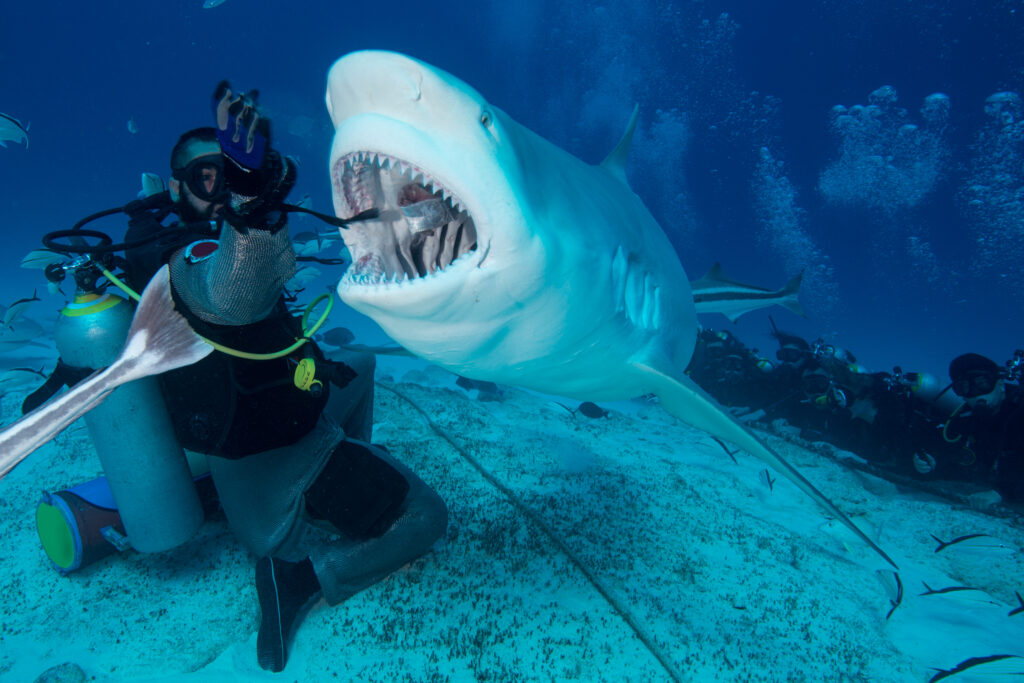
A dive operator is a professional entity responsible for organizing and facilitating scuba diving activities for individuals and groups. Dive operators play a crucial role in ensuring safe, enjoyable, and educational experiences for both novice and experienced divers. They provide a wide range of services, including equipment rental, guided dives, training courses, and logistical support for dive trips. As central figures in the scuba diving industry, dive operators are essential for maintaining high standards of safety and environmental stewardship. Their expertise and resources enable divers to access and enjoy underwater environments that might otherwise be difficult to reach or navigate.
What is a Gas Embolism?

A gas embolism is a serious medical condition that can occur when gas bubbles enter the bloodstream and obstruct blood vessels. This condition is particularly relevant to scuba divers due to the unique pressures and environments encountered underwater. When a diver ascends too quickly or experiences equipment failure, gas bubbles can form within the blood vessels, leading to potentially life-threatening complications. Understanding gas embolism within the context of scuba diving involves recognizing how these gas bubbles form, their impact on the body, and the measures necessary to prevent and treat this condition.
What is an Over Pressure Valve?
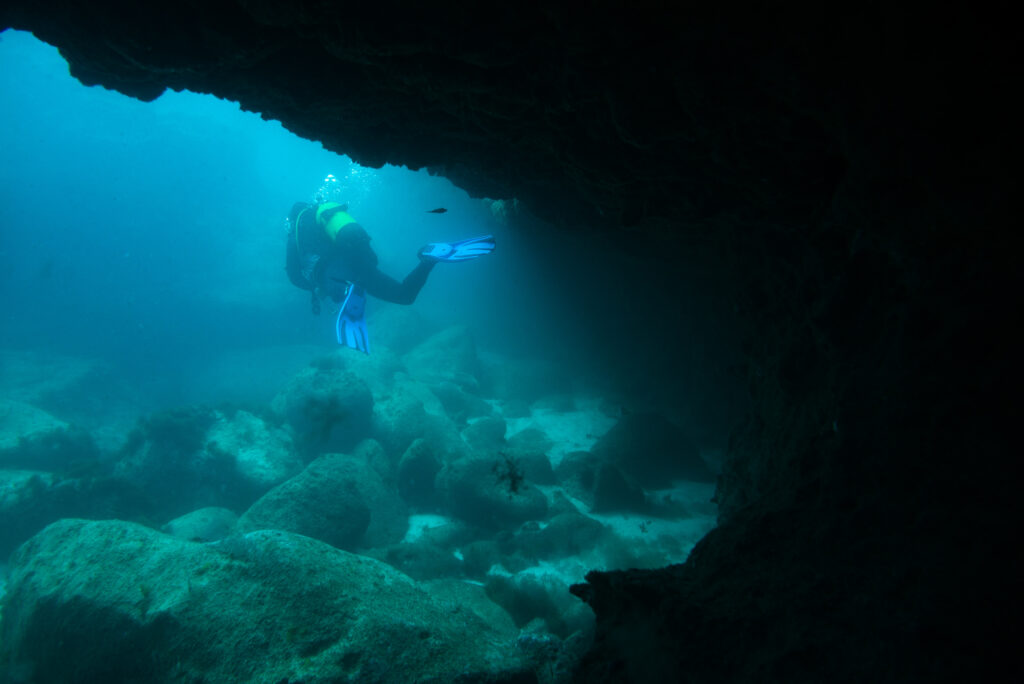
An over pressure valve (OPV) is a critical component in scuba diving equipment designed to prevent the dangerous buildup of pressure within sealed systems. These valves automatically release excess pressure, ensuring the safety and functionality of diving apparatus such as buoyancy control devices (BCDs), drysuits, and rebreathers. The primary function of an OPV is to maintain safe pressure levels, thereby protecting divers from equipment failures that could lead to hazardous situations underwater.
What is an Inflator Valve?
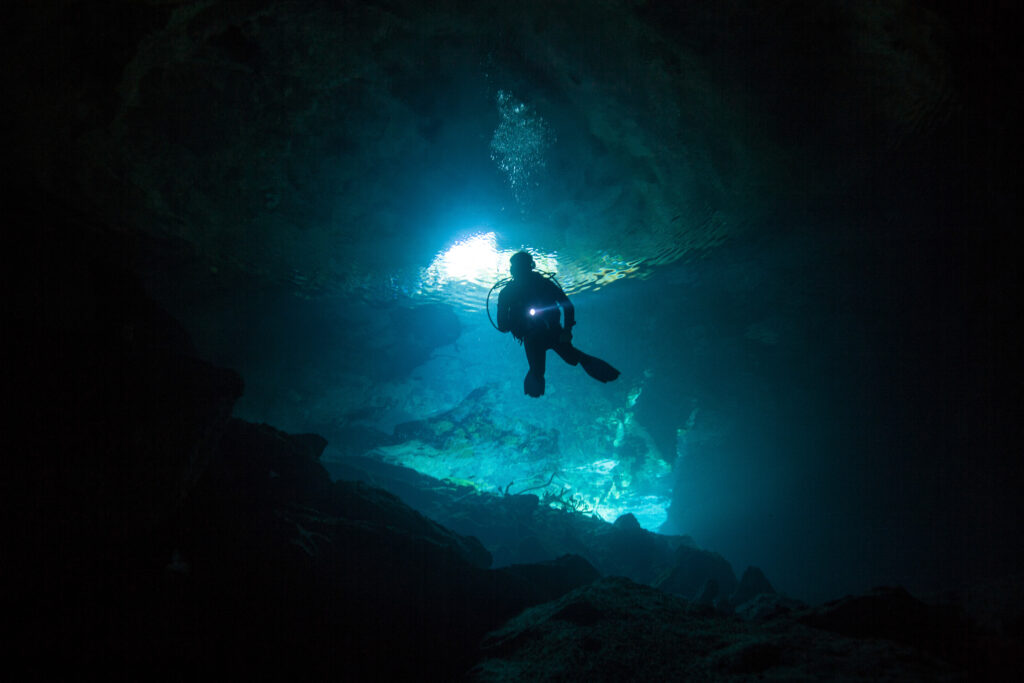
An inflator valve is a crucial component of scuba diving equipment, particularly in buoyancy compensators (BCDs), allowing divers to adjust their buoyancy underwater. By adding or releasing air into the BCD, divers can achieve neutral buoyancy, making it easier to maintain their position in the water. The inflator valve’s functionality directly influences a diver’s control and safety, making it an essential element for any diving expedition.
What is Overweighting?

Overweighting in scuba diving refers to the practice of using more weight than necessary to achieve neutral buoyancy underwater. Proper weighting is crucial for maintaining control, safety, and efficiency while diving. Overweighting can occur due to various factors, including misconceptions about the amount of weight needed, incorrect gear configuration, and psychological influences. Understanding the implications of overweighting and how to manage it is essential for divers of all levels to ensure a safe and enjoyable underwater experience.
What is Hypoventilation?
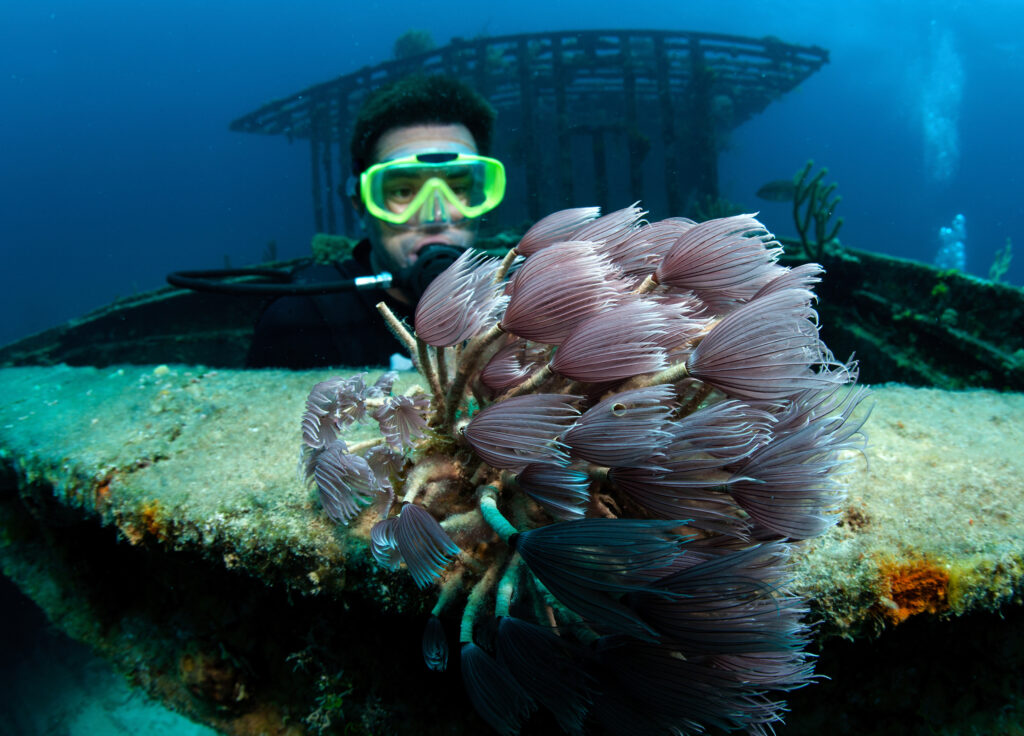
Hypoventilation, a crucial concept in scuba diving, refers to a reduced rate or depth of breathing that results in inadequate ventilation and increased levels of carbon dioxide (CO2) in the blood. Understanding hypoventilation is essential for scuba divers, as it directly impacts their safety and overall diving experience. In the underwater environment, where divers are subject to various physical and physiological stressors, maintaining proper breathing patterns is vital to avoid complications such as hypercapnia and its associated risks. This entry will delve into the physiology of breathing underwater, the mechanisms and causes of hypoventilation, its effects on divers, and best practices for prevention and management.
What is a Pushing Tide?

A pushing tide, often referred to as a flood tide, is a natural oceanographic phenomenon where the incoming tide causes seawater to flow toward the shore. This type of tide plays a significant role in coastal environments and activities, particularly in scuba diving. Understanding pushing tides is crucial for divers as it affects both the safety and the overall experience of their underwater ventures. In essence, a pushing tide can significantly influence water conditions, marine life behavior, and the physical landscape of dive sites.
What is a Pressure Gradient?

In scuba diving, understanding the concept of a pressure gradient is crucial for ensuring safety and effective dive planning. A pressure gradient refers to the change in pressure per unit distance within a fluid. In the context of diving, this typically means the variation in water pressure as a diver moves vertically through the water column. This phenomenon is essential because it affects everything from buoyancy control to the physiological impacts on the diver’s body.
What is Pounds Per Square Inch (PSI)?
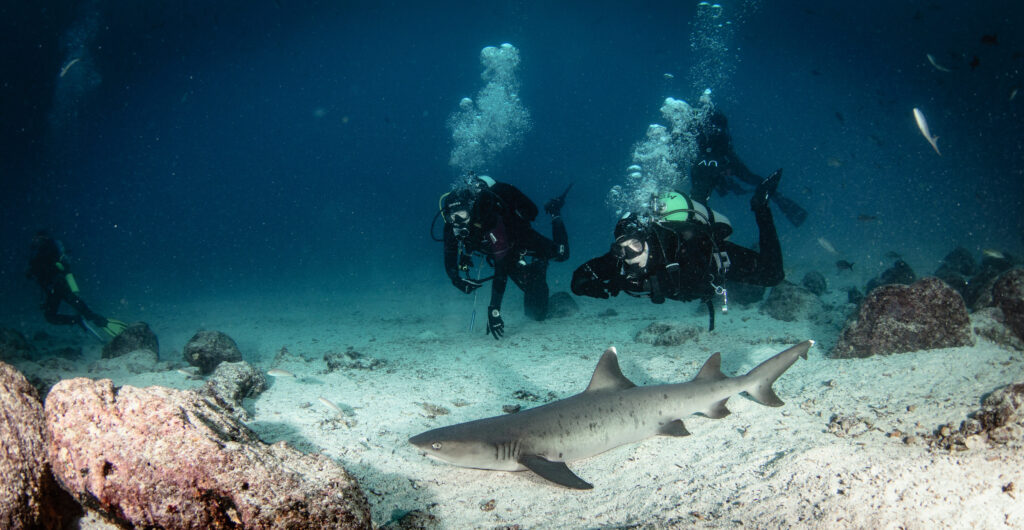
Pounds per square inch (PSI) is a unit of pressure widely used in various fields, including scuba diving. Understanding PSI is crucial for divers because it directly relates to the equipment they use and their safety underwater. In scuba diving, PSI measures the pressure exerted by gas within a scuba tank, which is essential for breathing underwater. This unit helps divers know how much air they have left in their tanks, enabling them to plan their dives and avoid running out of air while submerged.
